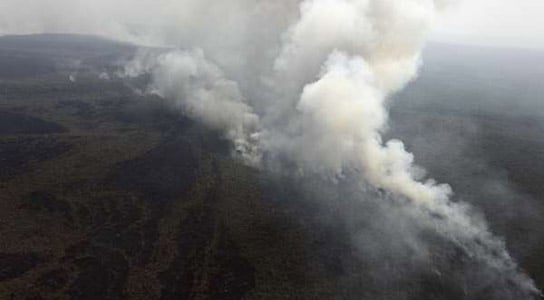
Amazon wildfires
Brazilian and British scientists have been examining the heavy smoke plumes from wildfires in the Amazon, gathering data, to understand how the burning of biomass in South America is affecting the local weather and air quality. This might help close crucial gaps in climate models about how the process changes the Earth’s radiation balance.
The South American Biomass Burning Analysis (SAMBBA) mission uses a jet carrying a suite of sensor instruments to take measurements up to 12 km above the jungle’s canopy. Previous campaigns used smaller planes and flew lower, and were unable to observe some crucial processes. The Amazon is dominated by high-altitude convection clouds, and scientists aren’t sure how they process energy and how fire interferes with them, making weather predictions moot.
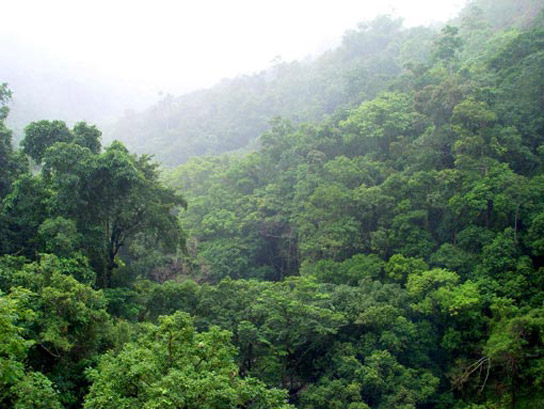
The scientists are using a LiDAR, which is a laser that measures how much light is being blocked by aerosol particles of smoke at various altitudes. This local dimming of the atmosphere can hamper photosynthesis, possibly drastically. Local measurements have shown a decrease of plant productivity of around 30%. There is no estimate for the Amazon in its entirety.
Aerosols might also produce a cooling effect at the surface, as well as warming mid-altitudes. Current climate models cannot account for such complex interactions, and therefore can’t predict how increasing carbon dioxide concentrations and burning biomass will affect the radiation balance of the Amazon.
Information on these aerosols is also important for global weather forecasts. SAMBBA will also allow scientists to measure the air quality in Amazonian cities. Concentrations of nitrogen oxides and other compounds that react to form polluting ozone at low altitudes are higher during the burning season in the Amazon than in heavily polluted areas of São Paulo. However, ozone-forming compounds have never been measured across the whole Amazon.


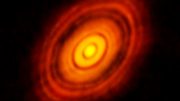
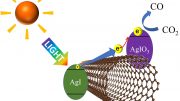



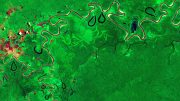

Be the first to comment on "Amazon Fire Analysis Might Close Gaps in Climate Models"